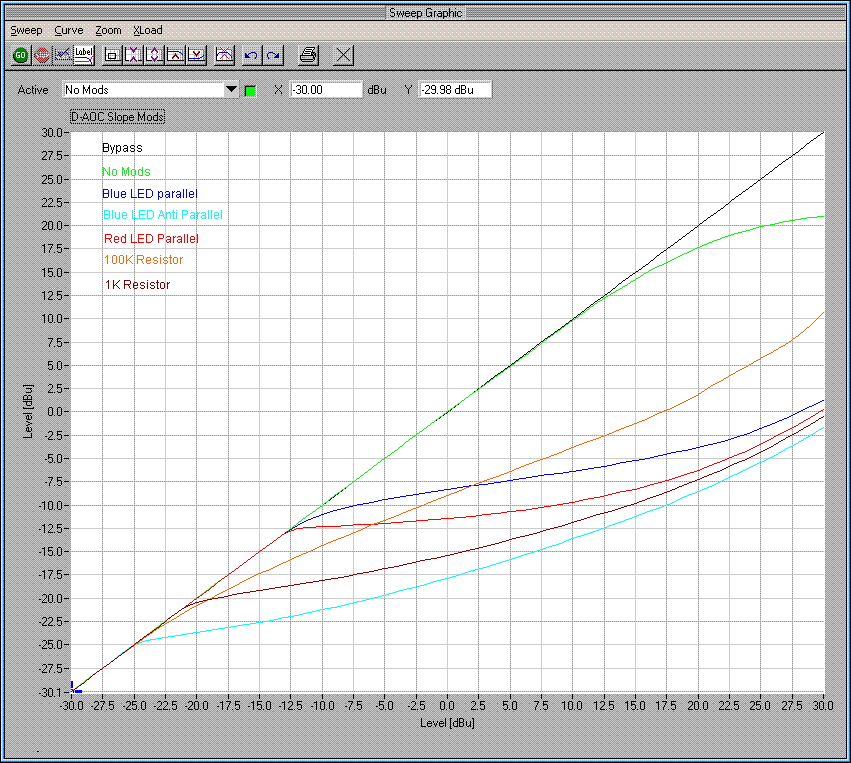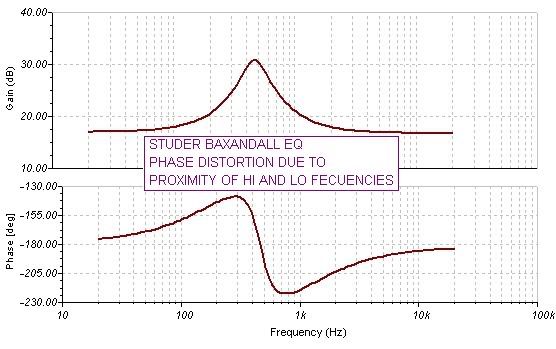Nescafe
Well-known member
Hi,
I'm new here and lookin for a suggestion pc/mac base simple and not expensive software to do measurement of:
1. compression ratio/slope (I attach the picture from DAOC thread)
2. phase in eq (I attach the picture from Studer 169 thread)
Right now I use old True RTA from True Audio for frequency response.
Any reply will be very appreciated.
Thank You


I'm new here and lookin for a suggestion pc/mac base simple and not expensive software to do measurement of:
1. compression ratio/slope (I attach the picture from DAOC thread)
2. phase in eq (I attach the picture from Studer 169 thread)
Right now I use old True RTA from True Audio for frequency response.
Any reply will be very appreciated.
Thank You




